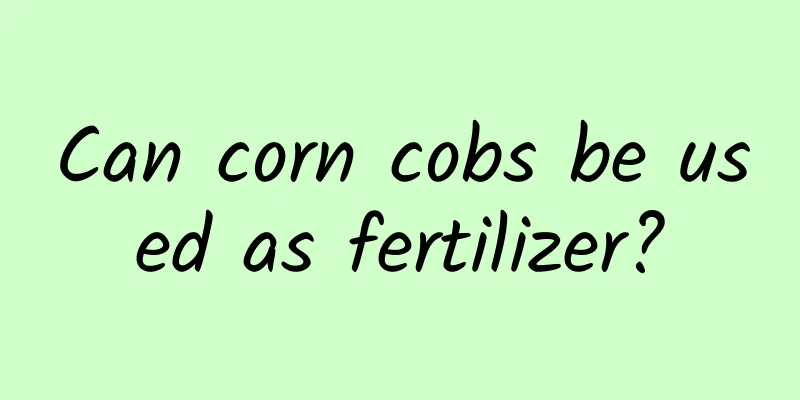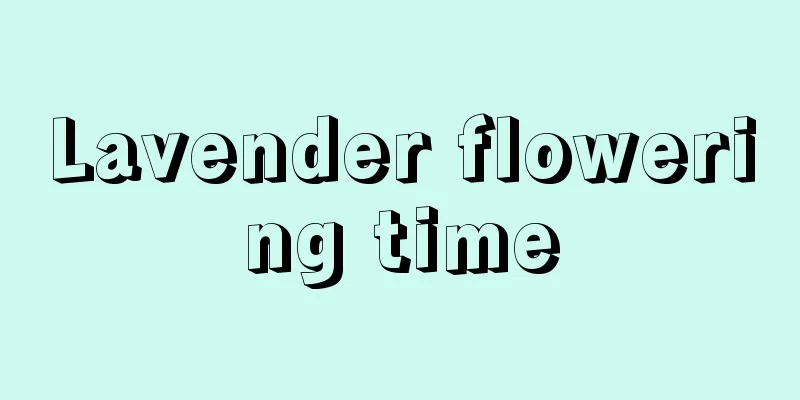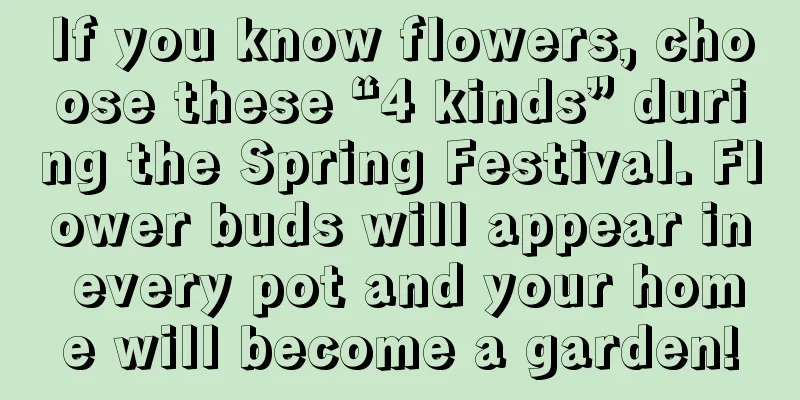Can corn cobs be used as fertilizer?

Corn cobs as fertilizerCorn cobs can be used as fertilizer. They are the material left after corn is threshed. The nutritional value is very high. After processing, they are very suitable for use as fertilizer for plants. They have the effect of improving soil quality, but they must be decomposed and fermented before use. There are many plants that can use corn cob fertilizer, common ones include the lucky tree, money tree, Christmas cactus, bougainvillea, Schefflera, orchid, Kalanchoe, and the fortune tree. How to make fertilizer from corn cobs1. First, use a machine to crush the corn cobs into small pieces. Generally, the particles should be about 5 mm. This will be beneficial for future fermentation. 2. Then buy some high-temperature composting bacteria in the market to ferment the corn cobs. Mix the corn cob particles and animal manure in a ratio of 6:4, keep the moisture content at around 65%, and the composting will be completed in about 15 days. Key points for using corncob fertilizerIf corn cobs are used as fertilizer, they must be fully fermented and decomposed before use. They can be piled into a manure pile with a width of 1.2-4 meters and a height of about 1 meter. Be careful not to seal it completely, and turn the pile over every 3-4 days. |
<<: How to divide white peony flowers into pots, when and how to divide them into pots
>>: Can oyster shell powder be used as fertilizer?
Recommend
Is it unlucky to keep peony flowers at home?
1. Is it auspicious? There are rumors that it is ...
There are several ways to propagate Aspidistra
1. It has several reproduction methods There are ...
1 lotus root turns into a pot of lotus flowers, not only is it beautiful, but there is also an unexpected harvest
How to grow lotus root in a pot Preliminary prepa...
Boxwood seed sowing method
Boxwood seed sowing time Boxwood can be sown in s...
Management methods for cyclamen during the budding period
Management of budding period soil It is required ...
Why don't mulberry trees sprout?
Reasons why mulberry trees do not sprout Weather ...
How to plant durian seeds
Durian seeds can be planted in spring and summer,...
Do Gardenia leaves fall off in winter?
1. Habits Although it is an evergreen shrub, the ...
The cultivation methods and precautions of Red Prince Weigela
1. Maintenance methods 1. Temperature: Red Prince...
Can nasturtium be hydroponically cultivated? Hydroponics cultivation method
Can nasturtium be grown hydroponically? Nasturtiu...
Diseases and pests of golden fruit (Solanum oleifera) and their control
Diseases and their control of golden fruit Leaf s...
How to plant garlic, cultivation method of autumn sowing garlic
1. Prepare the soil Planting garlic in autumn is ...
How to Plant Marigold Seeds
1. Habits of marigold Marigolds prefer warm and s...
When is the right time to repot Chunlan?
Spring orchid repotting time After long-term plan...
How to water and fertilize orchids in October
1. How to water orchids in October October is in ...









